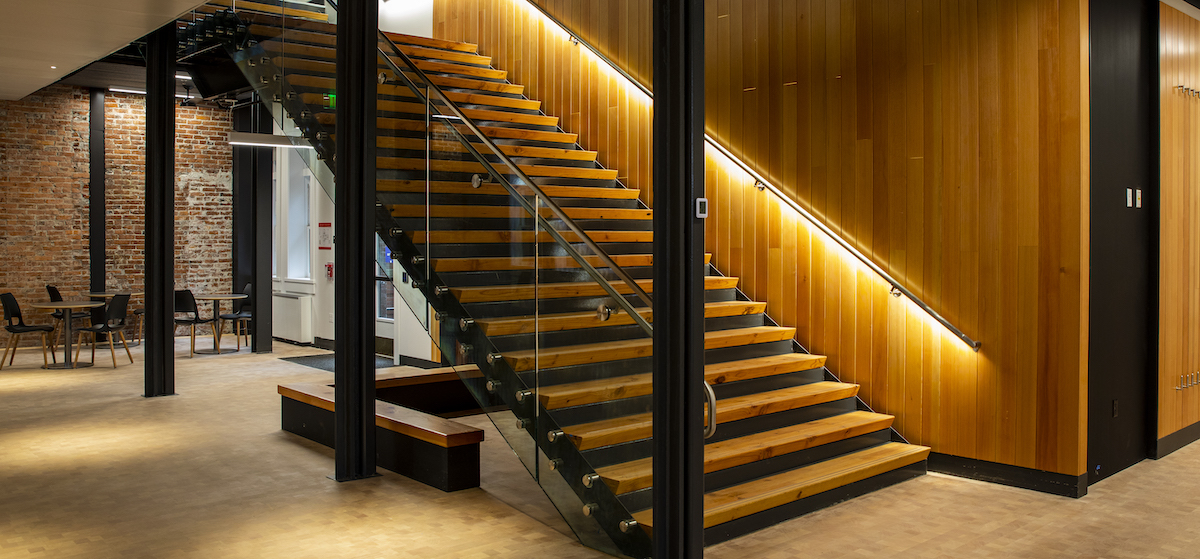
Our campus is defined largely by its buildings: the neo-gothic halls surrounding the quad, brutalist landmarks of cast-in-place concrete, new mass timber structures floating warmly by Denny lawn. Each new construction operates more efficiently than the last as Seattle’s energy and water codes and the University’s requirements continue to push for a more sustainable built environment. Each building consumes less electricity, filters water better, and perhaps even embraces photovoltaics to move toward a clean energy future. But a major source of carbon that isn’t so apparent is the carbon embodied within the building itself.
Embodied carbon often comprises at least half of a building’s net carbon footprint. Between emissions from manufacturing, transporting, installing, and later disposing of materials, two-thirds of a building’s footprint in its first 10 years and then roughly half the associated carbon over its full lifespan is embodied in the building materials. This carbon footprint includes, for example, the emissions from a furnace in a steel mill, the greenhouse gas emissions of burning material to create Portland cement (an ingredient in concrete), the gasoline used in transportation of materials to the site and so on.
As we update UW’s Green Building Standards and Sustainability Action Plan, we are excited to be partnering with the Carbon Leadership Forum and UW Architecture to generate a set of standards to reduce the university’s embodied carbon in new constructions and renovations.
Reducing embodied carbon begins with recognizing where it lies in a given design or construction: is the specific concrete mix a high emitter? Is the insulation material costly to transport? We can reduce embodied carbon by looking into each material through Environmental Product Declarations and assessing the life cycle impact of the building.
To do this at UW, we will be addressing embodied carbon in three separate phases of project development: a planning phase, where embodied carbon considerations define how the site is addressed and how we proceed, a systems phase, where design professionals use elements of existing frameworks such as LEED to guarantee a low-embodied-carbon and Climate Responsive building, and finally a Procurement phase where Construction Administration professionals work to procure low-embodied-carbon materials.
UW Sustainability Director Lisa Dulude, along with UW Sustainability intern Radha Iyer and Andrew Himes of the Carbon Leadership Forum, are spearheading this effort. We look forward to updating you as this project progresses!